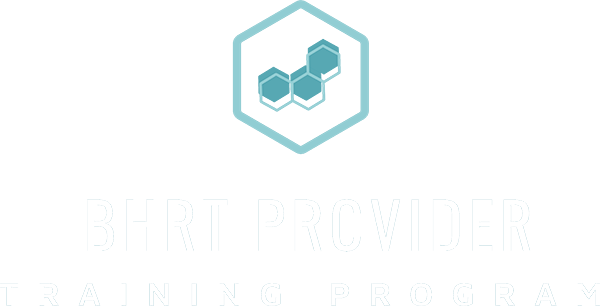madman
Super Moderator
- 00:01 Understanding Testosterone Replacement Therapy (TRT)
- Testosterone, the primary male sex hormone, declines with age.
- TRT aims to address the decline in testosterone levels, which can affect various aspects of health.
- Factors contributing to low testosterone include aging, lifestyle, obesity, medication, and medical conditions.
- 05:11 Benefits and Considerations of TRT
- Benefits of TRT include increased energy, libido, mental acuity, insulin sensitivity, and muscle/bone health.
- Testosterone replacement options vary, including injections, pellets, and topicals, with topicals being convenient for many patients.
- Commercial topical products are available but can be costly, leading some patients to opt for compounded alternatives.
- 09:25 Cost and Convenience of Topical Testosterone
- Topical testosterone application is simple, painless, and allows for easy dosage measurement.
- Commercial products offer convenience but can be expensive, especially without insurance coverage.
- Compounded alternatives offer customization, potentially reducing costs and improving therapeutic outcomes.
- 13:22
 Drawbacks of Commercial Topical Products
Drawbacks of Commercial Topical Products- Commercial products may require large application volumes due to low concentrations, leading to increased costs and transference risks.
- Transference risk is higher with larger application areas, potentially affecting partners, children, or pets.
- Cost and transference concerns prompt some patients to explore compounded alternatives.
- 16:21 ️ Advantages of Compounded Testosterone
- Compounded products offer customization of dosage and base, potentially reducing application volume and transference risk.
- Various base options allow for tailored treatment based on patient preferences and sensitivities.
- Examples like Atrius gel demonstrate enhanced absorption and hypoallergenic properties, albeit at a higher cost.
- 22:00 Application Methods and Sites
- Compounded testosterone allows for smaller application volumes and more varied application sites, improving patient comfort and compliance.
- Rotating application sites and following proper hygiene practices minimize transference risk.
- Application to the scrotum, while effective, deviates from FDA guidance and isn't universally recommended.
- 26:07 Importance of Hormone Testing
- Baseline hormone testing is crucial before initiating TRT to assess individual needs and track progress.
- Saliva testing may be preferred over serum testing for topical products to gauge bioavailability accurately.
- Patients can conveniently perform saliva testing at home, following proper timing guidelines.
- 28:05
 Dosing Considerations and Patient Response
Dosing Considerations and Patient Response- Starting TRT with low doses and gradually titrating upward is a common practice to monitor patient response and minimize adverse effects.
- Patient well-being and symptom improvement guide dosage adjustments, emphasizing individualized care.
- Regular monitoring and communication with healthcare providers ensure optimal outcomes and patient satisfaction.
- 28:19 Target Dosage and Starting Levels
- Target testosterone levels for optimal health are typically in the range of 500 to 1000 ng/dL.
- Commercial topical testosterone products generally recommend starting doses ranging from 40 to 60 milligrams per day.
- Compounded starting doses are often around 50 milligrams per day, allowing for adjustments based on individual response.
- 30:00 ️ Benefits and Options of Compound Therapy
- Compound therapy offers a variety of base options to cater to patient preferences and needs.
- Both commercial and compounded topical products provide convenience, effectiveness, and non-invasiveness.
- Saliva testing for hormone levels adds to patient compliance and ease of monitoring.
- 30:55 Future Developments in Nanotechnology
- Ongoing research into nanotechnology holds promise for more effective and efficient topical testosterone products.
- Nanotechnology has the potential to reduce dose volume significantly, leading to improved patient outcomes.
- Continued testing and development are underway, with hopes of implementing nanotechnology in topical products in the near future.


















